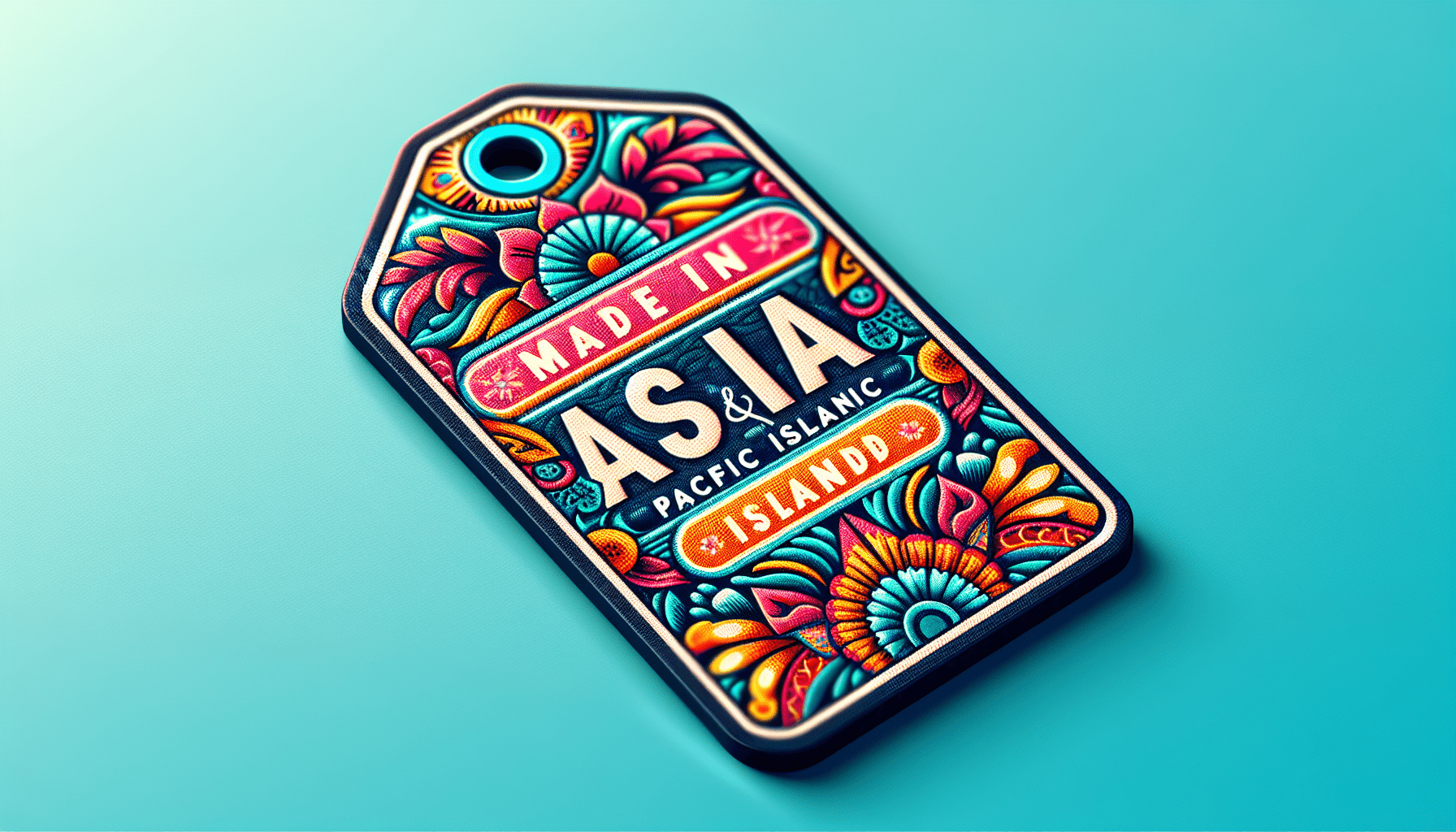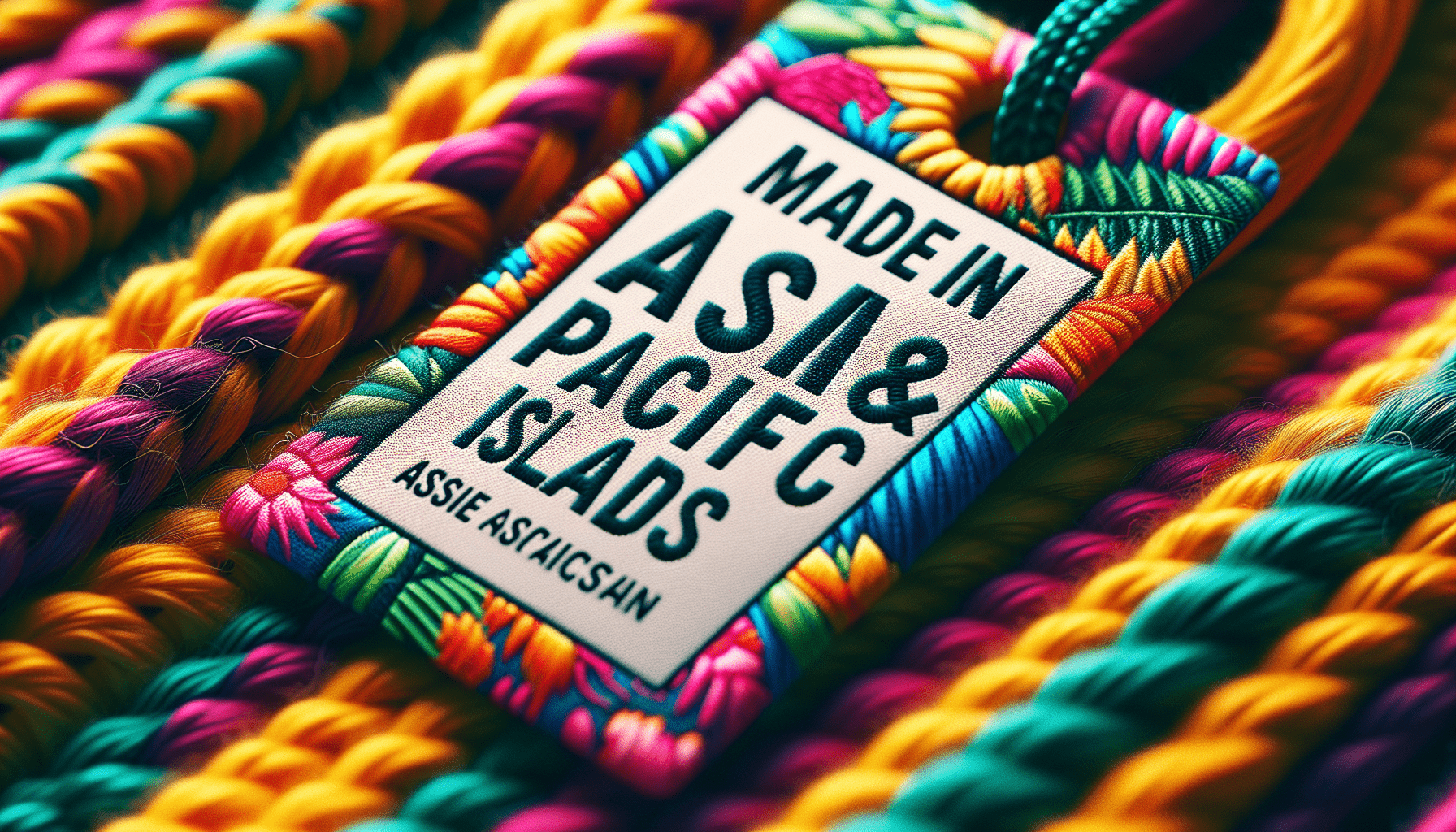Where To File ISF For Asia Pacific Islands Clothing
So, you’ve got a closet full of trendy clothing from Asia and the Pacific Islands, but now you’re faced with the daunting task of filing an ISF for Asia Pacific Islands Clothing. Don’t worry, we’ve got you covered! From the bustling markets of Tokyo to the tropical paradise of Fiji, figuring out where to file your ISF for these unique pieces can be a real head-scratcher. But fear not, dear fashionista, we will guide you through the process with humor and style. Let’s make sure your fabulous wardrobe makes it safely to your doorstep without any hiccups along the way! Have you ever wondered where to file an ISF for Asia Pacific Islands Clothing? Look no further! In this humorous guide, we will walk you through the process step by step.

What is ISF?
So, what exactly is an ISF? ISF, also known as 10+2, is a requirement for all shipments entering the United States by sea. It is a set of data elements that must be submitted to Customs and Border Protection (CBP) at least 24 hours before the cargo is loaded onto the vessel. Failure to file an ISF can result in hefty fines and even shipment delays.
Why is ISF for Asia Pacific Islands Clothing is important?
ISF is crucial for clothing imports as it helps CBP better assess the risk of each shipment entering the country. It includes information such as the manufacturer, seller, consignee, and country of origin. This data is used to identify any potential security risks and ensure compliance with trade regulations.

Filing ISF for Asia Pacific Islands Clothing
China
Ah, China – the land of inexpensive clothing and fast fashion. When importing clothing from China, the ISF filing process can be a bit overwhelming. To simplify things, here is a breakdown of the key steps:
- Gather Information: Collect all necessary details about your shipment, such as the manufacturer, seller, consignee, and country of origin.
- Create ISF Filing: Submit the required data elements to CBP at least 24 hours before the cargo is loaded onto the vessel. This can be done through a licensed customs broker or directly through the ACE portal.
- Review and Confirm: Double-check all information for accuracy and make any necessary updates before confirming the ISF filing.
- Monitor Shipment: Keep track of your shipment to ensure it reaches its destination without any issues.
Japan
Konnichiwa! If you’re importing clothing from Japan, the ISF filing process is similar to that of China. Here are a few tips to make the process smoother:
- Use a Customs Broker: Consider hiring a customs broker familiar with importing from Japan to assist you with the ISF filing.
- Provide Detailed Information: Make sure to include all relevant details about your shipment, such as the manufacturer, seller, consignee, and country of origin.
- Stay Organized: Keep all documentation related to your shipment organized and easily accessible for reference.
South Korea
From K-pop fashion to traditional hanboks, South Korea offers a wide range of clothing options. When filing an ISF for clothing imports from South Korea, follow these steps:
- Know the Regulations: Familiarize yourself with the ISF requirements for shipments originating from South Korea.
- Submit Timely: Ensure that the ISF filing is submitted to CBP at least 24 hours before the cargo is loaded onto the vessel.
- Stay Informed: Stay updated on any changes to customs regulations that may affect your clothing imports from South Korea.
Filing ISF for clothing from Pacific Islands
Fiji
Island life, anyone? When importing clothing from Pacific Islands like Fiji, the ISF filing process may differ slightly. Here’s what you need to know:
- Consult with a Customs Broker: Due to the unique nature of imports from Pacific Islands, it’s advisable to work with a customs broker experienced in handling such shipments.
- Provide Complete Details: Make sure to include all necessary information about your clothing imports, including the manufacturer, seller, consignee, and country of origin.
- Communicate with the Consignee: Stay in touch with the consignee to ensure all relevant details are accurately reflected in the ISF filing.
Samoa
Talofa! If you’re importing clothing from Samoa, the ISF filing process may pose some challenges. Here are some tips to help you navigate through it smoothly:
- Research Requirements: Take the time to understand the ISF requirements specific to clothing imports from Samoa.
- Work with a Professional: Consider enlisting the help of a customs broker who is well-versed in handling shipments from Samoa.
- Stay Ahead of Deadlines: Ensure that the ISF filing is submitted in a timely manner to prevent any delays in your clothing imports from Samoa.
Conclusion
In conclusion, filing an ISF for Asia Pacific Islands Clothing may seem like a daunting task, but with proper preparation and guidance, you can navigate through it with ease. Remember to gather all necessary information, submit the ISF filing on time, and stay informed about any changes in customs regulations. Happy importing!
